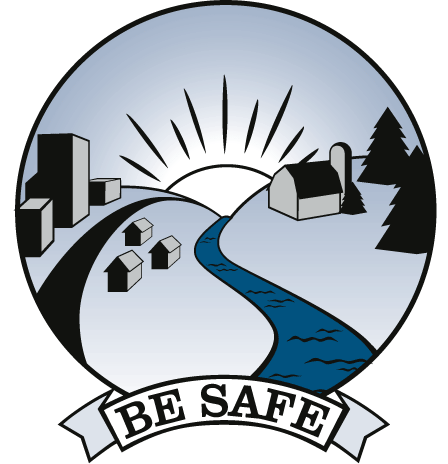![]()
![]()
Precautionary
Action
Benefits Workers &
Economy

Jobs vs. Environment Myth. There is a widely held misconception that environmental regulations harm our economy and put Americans out of work. One reason the “jobs versus the environment” mindset has gained momentum in the US is due to a shift from manufacturing-oriented jobs to service-oriented jobs over the last 20 years that coincided with an increase in environmental regulations over the same period. Americans have felt the loss of millions of manufacturing jobs since the 1980s, but the contributing factors are largely increased competition from imports, shifts in demand, technological changes, corporate downsizing, and defense cutbacks. [Yapijakis] Another misconception is that environmental regulations cause US companies to relocate to countries with lower standards. However, most businesses move to gain access to new markets, find cheaper labor, escape from taxes, or gain political stability and influence. These factors have a much greater affect on profitability than the costs of complying with environmental regulations, which rarely amount to 2-3% of a company’s sales revenue. [Ackerman]
Safety & Precautionary Action Increases Jobs. Economists have repeatedly found that there is no association between environmental regulations and employment. Contrary to widespread belief, environmental regulations have rarely (if ever) caused businesses to shut down or flee to countries with weaker standards. The opposite is more often true: environmental regulations, clean production, and implementation of safe alternatives can create high-quality job opportunities. Studies have found environmental regulations have a positive impact on overall employment. Environmental protection creates more than 1,360 jobs annually, thus creating a net increase in employment. [Ackerman] The US environmental industry is now a hundred billion dollar business employing over a million people in a variety of technical, service, and policy-oriented jobs, as compared to 25 years ago when it was a $10 billion business mainly focused on handling waste. [Yapijakis] A study to test the likely effects of environmental regulations on employment in the most polluting U.S. industries — pulp and paper, plastics, petroleum, and steel—found no evidence that environmental regulations play a major role. [Morgenstein]
Healthy Economy & Environment. Environmentally sound processes can be more labor intensive than the alternatives they replace: for instance, recycling creates more jobs than land filling. Energy efficient policies likewise can create local jobs: instead of buying oil from abroad, we can buy domestic products such as insulation and support energy-efficient construction. Jobs created in support of environmental protection policies are securely rooted in the domestic economy—the money generated from environmental measures do not rely on imports or exports from other countries. As one of the world leaders on environmental protection and clean manufacturing and energy technologies, our country has an unprecedented opportunity to leverage our know-how to promote a global standard showing that a healthy economy and a healthy environment go hand-in-hand. (See Clean Production Brochure.)
99.9% of all Layoffs are Not Environmentally Related. As illustrated in the table on page 2, government data reveal few manufacturing plants shut down as a result of environmental or safety regulations. [Ackerman] Of course, this does not automatically help a laid-off coal miner or logger. While net increases in employment are essential for a healthy economy, it is equally important to provide income support and retraining opportunities for the workers who lose their jobs, including the 999 out of 1,000 who lose their jobs for reasons other than environmental protection. (See Just Transition Brochure.)
BE SAFE: Take Precautionary Action For A Healthy Workplace, Environment & Economy.